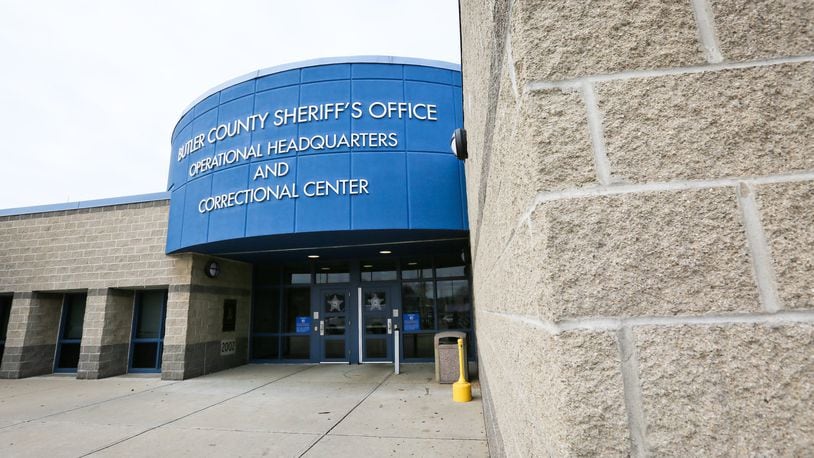Jill Cole, finance director for the county auditor’s office, provided the Journal-News a list of federal grant funding expenses for 2020, 2021 and the preliminary audit for 2022. She said the list of COVID-19 grants likely isn’t all inclusive because they don’t have a central grant coordinator, but it shows various county agencies and offices have spent about $52.4 million in pandemic relief money.
That doesn’t include the $75 million in ARPA money the commissioners received directly, because the commissioners have given most of that money to outside entities, and reporting and other requirements have slowed the process.
The sheriff’s latest gift is part of $100 million Gov. Mike DeWine has awarded through the Ohio First Responder Recruitment, Retention, and Resilience Program, using ARPA funds.
This grant is so specific the county had to provide a roster names of sheriff’s employees — about half the 400 on staff — and the incentive payments, which are about $4,000 per employee, are only for certain classes of employees like most but not all deputies, dispatchers, paramedics but not emergency medical technicians, according to sheriff’s Finance Director Vickie Barger.
She said the payout amounts have changed a few times and only employees who were working on or before June 17, 2022 and are still working when the funds arrive in October or November, so “we may be returning like $20,000 of that money.”
She said the rules have been changing yet are very rigid, “that list cannot be altered in any way, because we asked, what if we forgot a name and they said too bad.”
The county’s development department also ran into problems with ever-changing rules and deadlines set by the U.S. Treasury for the $20.4 million they received in emergency rent and utility assistance grants. The commissioners were awarded $11.4 million in January 2021 to help renters unable to pay their bills due to the pandemic.
They were approved for another $9 million in the second round of funding in June 2021 but chose not to collect it until the end of January because they wanted to gauge the need first.
The Treasury notified the county the day before the deadline it needed to expend 20% — or $1.8 million — of the $9 million tranche by March 31, but they were still drawing down the first pot of money so they forfeited $1.4 million.
County Administrator Judi Boyko said the commissioners were basically punished for be prudent.
“It’s almost like the program was set up to penalize those governments that were being mindful and responsible on spending it,” Boyko said.
The program also had to be paused at one point because the second tranche of money wasn’t dispersed in bulk like the first time and payments were delayed.
Development Director David Fehr said handling this money has also taken a toll on his staff.
“We’re told that reporting would be semi-annually and it’s one page and then that morphs into quarterly, 10-page documents of data they need,” Fehr said. “Which is fine if we knew that from the beginning we could have been tracking that, now we have to go back and recreate reports for data we weren’t expected to provide early in the process, so it makes it twice as time consuming.”
When the $75 million award was announced, the commissioners decided they wanted to share the wealth with other communities and groups, to make the most “transformative” impact countywide. Because of that extra steps had to be taken to track all of the money, because the county is ultimately responsible for how it is spent.
Boyko said while the money the commissioners received has been beneficial, there have been hidden costs.
“From my perspective as a practitioner generally there are two categories of gifts from higher levels of government,” she said. “Unfunded mandates and funding with so much complexity, that it’s difficult to utilize and see some balance where the cost of implementing the funding and staffing the funding and administering the funding is of net value.”
The commissioner still have roughly $10 million left to allocate and they have until 2026 to spend it. A few entities that already received funding have asked for more money, like Middletown where additional funds are needed for the Sonny Hill Community Center project.
Boyko said the commissioners are still mulling those requests and weighing how the money can best be used in these post-pandemic times.
“The board is continuing to want to allocate that funding where they identify the greatest need and demand and they wanted to deliberately watch, because what happened to the county right after COVID and everything opened back up, is different than a year out,” Boyko said. “Here we are close to two years out and I think they are looking to see where is this last allocation going to be the most impactful.”
About the Author
